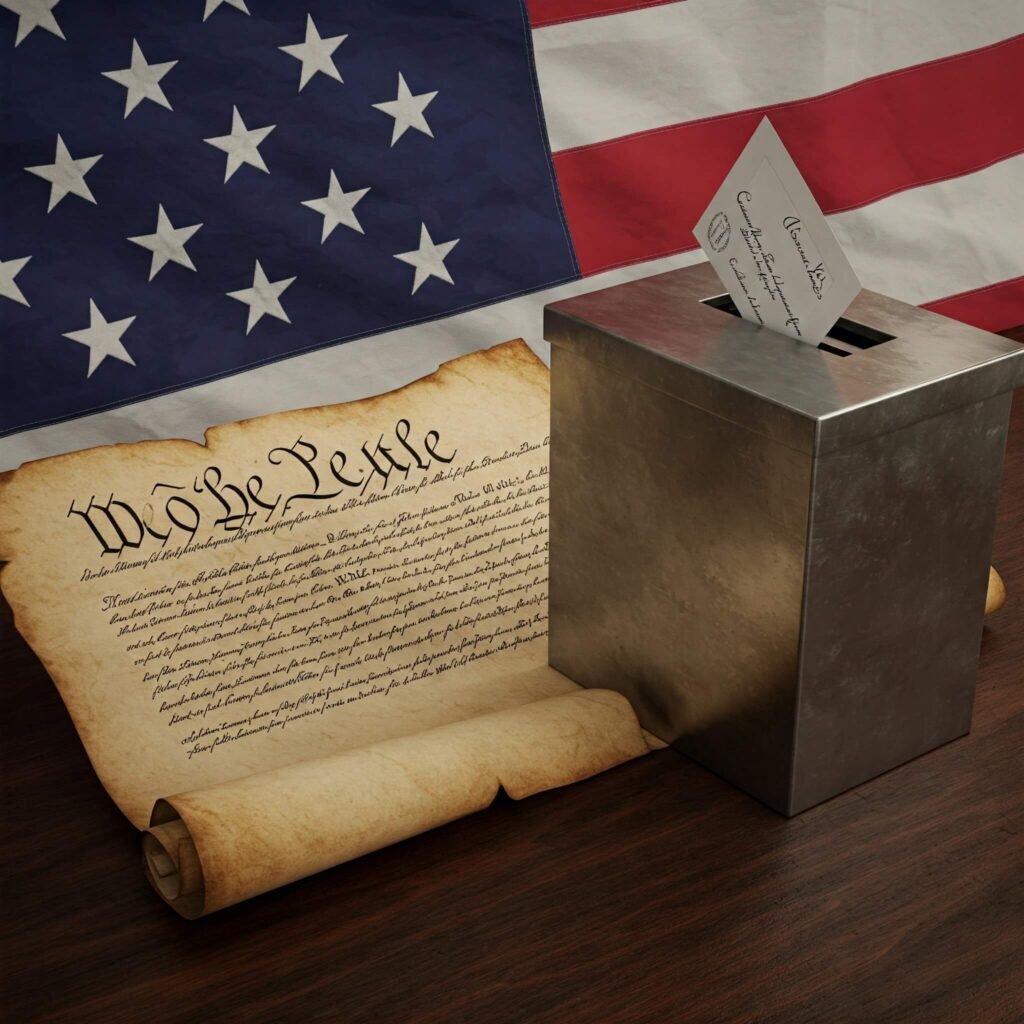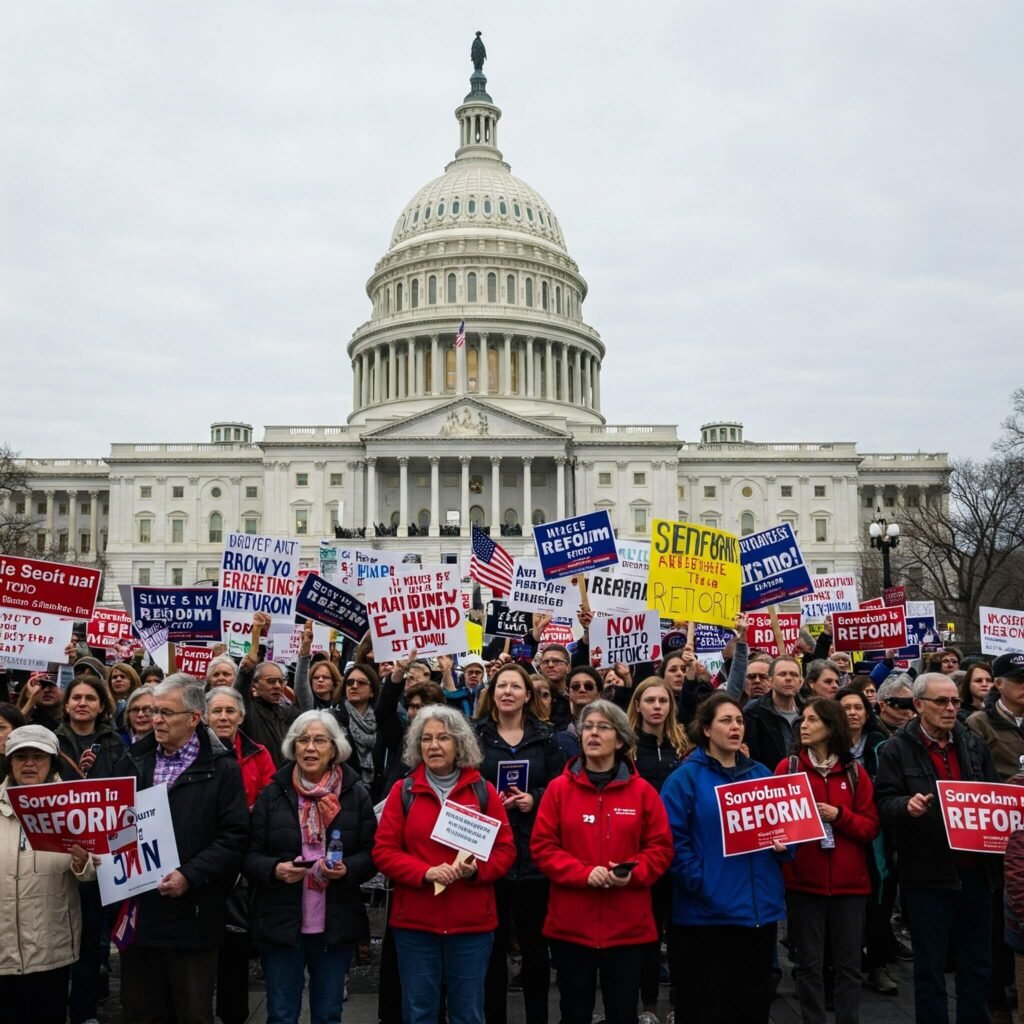Introduction: Why Electoral College Reform Matters in 2025
The electoral college reform debate has simmered for decades, but 2025 could be a pivotal year. With growing calls to modernize the U.S. voting system, many Americans wonder if the electoral college—seen by some as outdated—will finally face significant changes. This system, rooted in the Constitution, has sparked controversy for favoring certain states and occasionally producing presidents who lose the popular vote. As political momentum builds, could 2025 mark the tipping point for reform? Let’s dive into the history, proposed changes, challenges, and what reform could mean for the future.

What Is the Electoral College and Why Is Reform Needed?
Understanding the Electoral College
The electoral college, established in 1787, is the U.S. system for electing presidents. Instead of a direct popular vote, voters choose electors who then cast votes for president. Each state gets electors equal to its total congressional representation (senators plus representatives), totaling 538 nationwide. A candidate needs 270 to win.
Key Issues with the Current System
Critics argue the electoral college distorts democracy. Here’s why:
- Disproportionate Power: Small states have outsized influence due to guaranteed electors (e.g., Wyoming’s three electors represent fewer people than California’s 54).
- Winner-Takes-All: Most states award all electors to the candidate with the most votes, ignoring minority voters.
- Popular Vote Disconnect: In 2000 and 2016, candidates won the presidency despite losing the popular vote, fueling reform calls.
These electoral college issues have sparked demands for a fairer system, especially as 2025 approaches with new reform proposals.
Proposed Electoral College Reforms for 2025
The National Popular Vote Interstate Compact (NPVIC)
One leading proposal is the NPVIC, where states agree to award their electors to the national popular vote winner. As of 2025, 17 states and D.C., with 209 electoral votes, have joined. If states with 61 more votes sign on, the compact activates, bypassing the need for a constitutional amendment.
Proportional Allocation of Electors
Another idea is allocating electors proportionally based on a state’s vote share, rather than winner-takes-all. Maine and Nebraska already use a version of this, awarding electors by congressional district plus two for the statewide winner. This could make elections more reflective of voter preferences.
Abolishing the Electoral College Entirely
The most ambitious reform is eliminating the electoral college via constitutional amendment, replacing it with a direct popular vote. This would require two-thirds approval in Congress and ratification by 38 states—a tall order given political divides.

Challenges to Electoral College Reform in 2025
Political Resistance
Small states benefit from the current system, giving them leverage to block reforms. Republicans, who’ve won the presidency twice since 2000 despite losing the popular vote, may also resist changes that could weaken their electoral edge.
Constitutional Hurdles
Amending the Constitution is notoriously difficult. The NPVIC avoids this by working within the existing framework, but opponents argue it undermines the Constitution’s intent. Legal challenges could delay or derail its implementation.
Public Awareness and Support
While polls show growing support for a popular vote (e.g., a 2023 Pew Research study found 65% of Americans favor it), many voters remain unaware of reform proposals. Educating the public will be critical for 2025 momentum.
Why 2025 Could Be the Year for Change
Rising Public Pressure
High-profile elections and social media have amplified calls for 2025 electoral changes. Platforms like X show increasing chatter about reforming the U.S. voting system, with hashtags like #ElectoralCollegeReform trending in 2024.
Legislative Momentum
Bills supporting electoral reform have gained traction in state legislatures. For example, Colorado and Oregon strengthened their NPVIC commitments in 2024, signaling a push toward 2025 action.
Bipartisan Interest
Some conservatives, frustrated by urban-rural divides, support proportional allocation as a fairer alternative. This cross-party appeal could drive compromise in 2025.

What Would Electoral College Reform Mean for the U.S.?
A More Representative Democracy
Reforms like the NPVIC or proportional allocation could ensure every vote counts equally, reducing the focus on swing states. This might encourage candidates to campaign nationwide, not just in Ohio or Florida.
Potential Risks
Critics warn that a popular vote could favor urban areas, marginalizing rural voters. Others fear the NPVIC could destabilize the system if states withdraw post-election.
Actionable Takeaways for Readers
- Stay Informed: Follow organizations like FairVote for updates on electoral college reform.
- Engage Locally: Contact state legislators to support NPVIC or other reforms.
- Spread Awareness: Share articles and posts about 2025 electoral changes on social media to educate others.
Conclusion: Will 2025 Be the Year for Electoral College Reform?
The push for electoral college reform is gaining steam, but 2025’s outcome remains uncertain. With proposals like the NPVIC nearing critical mass and public support growing, the U.S. voting system could see historic changes. However, political, legal, and cultural hurdles loom large. By staying informed and engaged, you can help shape the future of American democracy. What do you think—will 2025 finally bring reform? Share your thoughts below!

